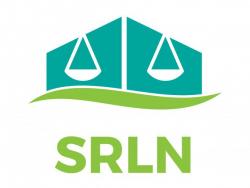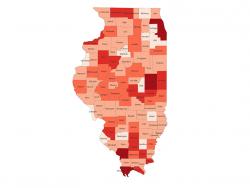Document Author
Year Published
Topic
- (-) Remove Technology filter Technology
- 100% Access to Justice (2) Apply 100% Access to Justice filter
- Courts (2) Apply Courts filter
- Reports, Evaluations, Best Practices, Surveys (2) Apply Reports, Evaluations, Best Practices, Surveys filter
- Research (2) Apply Research filter
- ATJ Commissions (1) Apply ATJ Commissions filter
- Best Practices (1) Apply Best Practices filter
- Impact of Self-Represented Litigant Innovations on Cost and Efficiency (1) Apply Impact of Self-Represented Litigant Innovations on Cost and Efficiency filter
- Justice Tech Entrepreneurs (1) Apply Justice Tech Entrepreneurs filter
- LEP and Access (1) Apply LEP and Access filter
- Map Gallery (1) Apply Map Gallery filter
- Plain Language (1) Apply Plain Language filter
- Plain Language & LEP (1) Apply Plain Language & LEP filter
- Regulatory Concerns (1) Apply Regulatory Concerns filter
- Reports (1) Apply Reports filter
- Scaling in Court Systems (1) Apply Scaling in Court Systems filter
- State-by-State (1) Apply State-by-State filter
- State Language Access Plans (1) Apply State Language Access Plans filter
- Strategic Planning (1) Apply Strategic Planning filter
- Working Groups (1) Apply Working Groups filter
Tags
Post date
Results 1 - 2 of 2 for 2017, Technology
Search results

Report: Remote Appearances of Parties, Attorneys and Witnesses, A Review of Current Court Rules and Practices (SRLN 2017)
The Remote Appearances of Parties, Attorneys and Witnesses, A Review of Current Court Rules and Practices report is a follow up report to Serving Self-Represented Litigants Remotely – A Resource Guide. It "presents the author’s conclusions about the ...

News: Illinois Supreme Court Commission on Access to Justice Uses SRLN Maps for Statewide Strategic Planning (Illinois Supreme Court 2017)
The Illinois Supreme Court Commission on Access to Justice has started using the SRLN demographics maps for presentations to circuit clerks, circuit court judges, civil legal aid and pro bono practitioners. “The maps helped provide context for why access ...